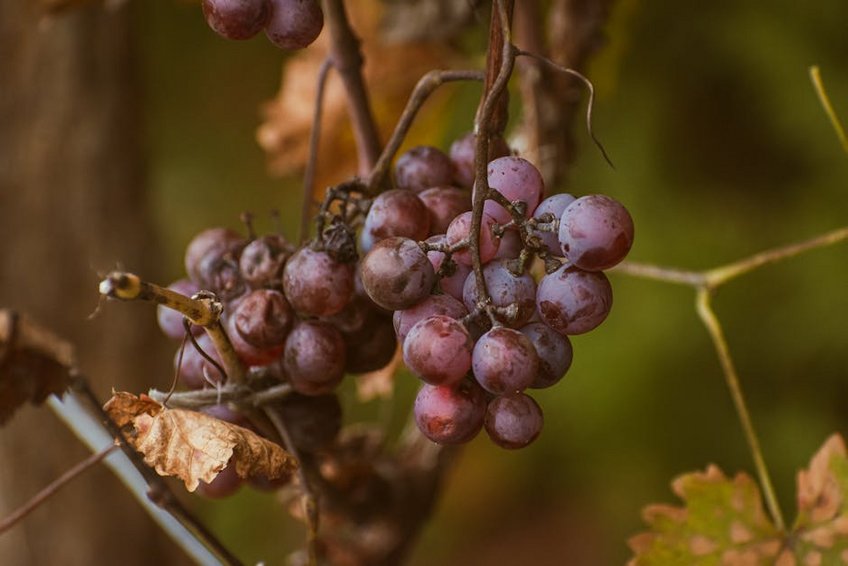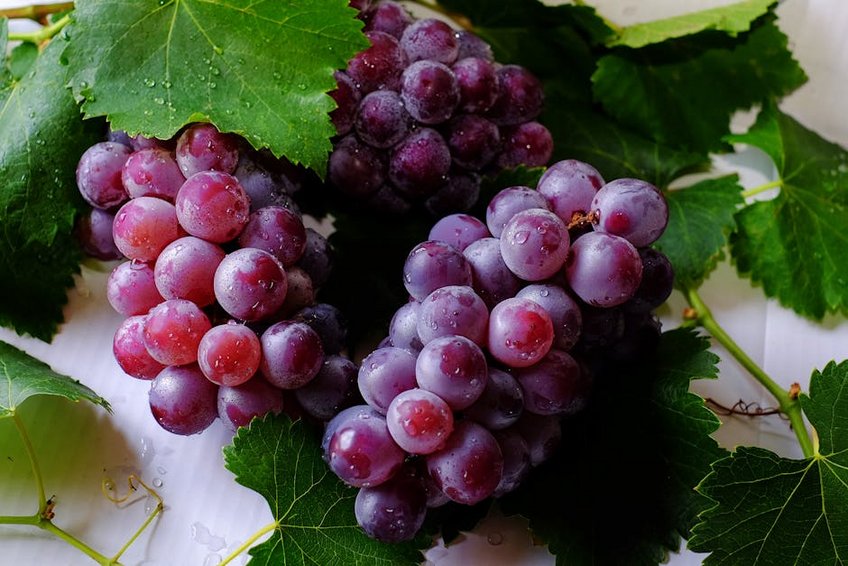Provence Grape Harvest: Your Ultimate Guide to the French Wine Tradition
Experiencing the Provence grape harvest is one of the most authentic and rewarding travel adventures you can have in southern France. This annual event, known as “les vendanges,” transforms the picturesque Provençal countryside into a bustling hub of activity where centuries-old traditions meet modern winemaking techniques. From late August through October, the region’s famous vineyards come alive with workers hand-picking grapes under the Mediterranean sun, creating an atmosphere that’s both festive and deeply cultural. The Provence grape harvest offers you a unique opportunity to participate in French rural life, taste exceptional wines straight from the source, and create memories that will last a lifetime. Whether you’re a wine enthusiast, a culture seeker, or simply looking for an unforgettable European experience, timing your visit to coincide with the harvest ensures you’ll witness Provence at its most vibrant and authentic.
Provence Grape Harvest Essential Information – What You Need to Know
Understanding the fundamentals of the Provence grape harvest will significantly enhance your experience. This isn’t just about watching grapes being picked—it’s about immersing yourself in a cultural tradition that dates back to ancient Roman times. The harvest period typically runs from late August to early October, with exact timing varying each year based on weather conditions and grape maturity. Provence specializes primarily in rosé wines, which account for nearly 90% of the region’s production, but you’ll also find excellent reds and whites made from grapes like Grenache, Syrah, Mourvèdre, and Cinsault. The harvest experience differs significantly from larger wine regions like Bordeaux or Burgundy, offering a more intimate, hands-on approach that reflects the Provençal way of life. You’ll discover that many domaines (wine estates) welcome visitors during this period, though advance planning is essential as this is also the busiest time for winemakers.
Historical Significance and Cultural Importance
- The grape harvest in Provence dates back over 2,600 years to when the Greeks first planted vines near Marseille, making it France’s oldest wine-producing region
- Traditional harvest methods have been preserved alongside modern techniques, creating a fascinating blend of old and new winemaking practices
- Many families have worked the same vineyards for generations, and the harvest remains a deeply community-oriented event that brings together locals and visitors
- Budget travelers can experience the harvest through free vineyard visits and public festivals, with accommodation in gîtes or budget hotels costing $80-120 per night, plus $30-50 daily for meals and local transportation
- Mid-range visitors might opt for guided harvest experiences ($50-100 per person), stays in charming B&Bs ($150-250 per night), wine tastings ($15-30 per estate), and rental car for vineyard touring ($40-60 daily)
- Luxury experiences include private harvest participation ($200-400 per person), stays at wine estate guesthouses ($300-600 per night), gourmet meals at Michelin-starred restaurants ($150-300 per person), and private driver tours ($300-500 daily)
- Provence Wine Council Official Website
- French Tourism Development Agency Harvest Information
Key Grape Varieties and Wine Characteristics
Provence’s Mediterranean climate, with its abundant sunshine and Mistral winds, creates ideal conditions for specific grape varieties that produce the region’s characteristic wines. The most important red varieties include Grenache, which adds body and alcohol content; Syrah, contributing color and spicy notes; Mourvèdre, providing structure and aging potential; and Cinsault, offering freshness and floral aromas. For white wines, you’ll encounter Rolle (Vermentino), Ugni Blanc, and Clairette. What makes Provençal wines truly distinctive is their emphasis on drinkability and freshness rather than heavy tannins or oak influence. The region’s famous rosés are typically dry, pale in color, and display delicate aromas of red berries, citrus, and sometimes floral or herbal notes that perfectly complement the local cuisine.

Provence Grape Harvest Planning Your Trip – Timing and Budget
Planning your Provence grape harvest adventure requires careful consideration of timing, budget, and activities. The harvest period spans approximately six weeks, but the exact peak varies by sub-region and grape variety. Early ripening varieties like those used for rosé are typically harvested first, while grapes for red wines may be picked later. The Luberon area often starts earliest, followed by Côtes de Provence, with Bandol frequently among the last to harvest. Your budget should account for higher accommodation prices during this popular season, though the experience offers excellent value compared to more commercialized wine regions. Whether you choose to simply observe the harvest or participate actively, advance reservations are absolutely essential for vineyard visits, accommodations, and any harvest-related activities, as this is the busiest time of year for Provençal wineries.
Best Time to Visit Provence Grape Harvest
The optimal time to experience the Provence grape harvest depends on what you want to see and do. For the full harvest atmosphere with most vineyards actively picking, plan for mid-September when approximately 70% of estates are harvesting. Early birds visiting in late August will catch the beginning of harvest, often with white grapes and early-ripening varieties, while October visitors may see the tail end with later-ripening grapes like Mourvèdre. Weather-wise, September offers pleasant temperatures around 70-80°F (21-27°C) with less tourist crowding than summer months. Keep in mind that harvest dates change annually based on weather conditions, so check with specific domaines about their anticipated schedule before booking your trip. Many wineries update their harvest progress on social media, which can help you time your visit perfectly.
Budget Planning and Costs for Your Harvest Experience
Essential Preparation Checklist
Preparing properly for your Provence grape harvest trip will ensure a smooth and enjoyable experience. First, book accommodations at least 3-4 months in advance, as the best properties fill quickly. Reserve rental cars early as well, especially if you need an automatic transmission. Pack comfortable walking shoes for vineyard tours, layered clothing for changing temperatures, sun protection, and a reusable water bottle. Learn basic French phrases related to wine and greetings—even simple efforts are appreciated. Download offline maps since cell service can be spotty in rural areas. Make a list of target wineries and contact them beforehand about harvest viewing opportunities—many require appointments even during this busy period. Finally, bring a journal to record your tasting notes and experiences, as you’ll encounter many memorable wines and moments.
Provence Grape Harvest Top Attractions and Activities – Beyond the Vineyards
The Provence grape harvest offers far more than just vineyard experiences—it’s your gateway to discovering the region’s rich cultural tapestry, stunning landscapes, and culinary delights. Beyond the vineyards, you can explore medieval hilltop villages like Gordes and Roussillon, wander through vibrant markets bursting with seasonal produce, visit ancient Roman ruins, or simply enjoy the breathtaking scenery that inspired artists like Van Gogh and Cézanne. The harvest season coincides with many local festivals and events celebrating the new wine, including the famous Fête des Vendanges in various villages. Food experiences elevate your harvest trip, with restaurants featuring special menus highlighting seasonal ingredients and wine pairings. Whether you’re interested in active adventures like hiking through vineyards, cultural experiences in historic towns, or simply relaxing amidst beautiful scenery, the harvest season provides a perfect backdrop for exploring Provence’s diverse offerings.
Must-See Highlights for Harvest Visitors
Your Provence grape harvest itinerary should include several essential experiences that capture the region’s essence. Begin in Aix-en-Provence, a elegant university town with beautiful architecture and fantastic markets. Visit the Luberon region’s perched villages like Ménerbes, which Peter Mayle made famous in “A Year in Provence.” Explore the dramatic landscapes of the Verdon Gorge, Europe’s answer to the Grand Canyon. Don’t miss the ochre-colored cliffs of Roussillon or the Abbey of Sénanque surrounded by lavender fields (though lavender harvest ends before grape harvest begins). For wine-specific experiences, prioritize visits to domains in Bandol for robust reds, Cassis for fresh whites, and the Côtes de Provence appellation for the region’s famous rosés. Each sub-region offers distinct landscapes and wine styles, making regional exploration particularly rewarding during harvest time.
Hidden Gems and Local Favorites
Beyond the well-trodden tourist path, the Provence grape harvest reveals numerous hidden gems that offer more authentic experiences. Seek out smaller family-run domaines rather than large commercial producers—these often provide more personal visits and sometimes opportunities to meet the winemakers. The village of Cotignac features remarkable troglodyte dwellings carved into cliffs and a wonderful weekly market. For a unique perspective, visit the Museum of Wine and Vine in Suze-la-Rousse, housed in a magnificent Renaissance castle. The Massif des Maures area offers wilder landscapes and smaller producers making distinctive wines. For a break from wine, explore the perched village of Entrecasteaux with its beautiful formal gardens or discover the pottery traditions of Salernes. These lesser-known spots provide deeper insight into Provençal life and often more memorable interactions with locals passionate about their traditions.
Provence Grape Harvest Practical Travel Information – Getting Around and Staying
Navigating Provence during grape harvest season requires some strategic planning to make the most of your experience. The region is best explored by car, as public transportation between vineyards is limited and harvest activities often occur in rural areas. Renting a car gives you the flexibility to visit multiple domaines daily and explore off-the-beaten-path locations. However, if you plan to participate in harvest activities that might involve wine tasting, consider hiring a driver or joining organized tours to ensure safety. Accommodation options range from luxury wine estate guesthouses to charming village B&Bs and self-catering gîtes. During harvest season, it’s advisable to base yourself in one or two locations rather than constantly moving, as this reduces driving time and allows deeper exploration of specific sub-regions. Popular bases include Aix-en-Provence for central access, Lourmarin for the Luberon, or Draguignan for central Var vineyards.
| Transportation Method | Key Features | Price Range (USD) |
|---|---|---|
| Rental Car | Maximum flexibility, necessary for rural vineyards, automatic transmission recommended | $40-80 per day |
| Private Driver | Safe for wine tasting, local knowledge, eliminates parking hassles | $300-500 per day |
| Organized Tours | Guided experiences, includes transportation, fixed itineraries | $100-200 per person |
| Public Transportation | Limited between cities, not practical for vineyard visits | $10-20 daily passes |


